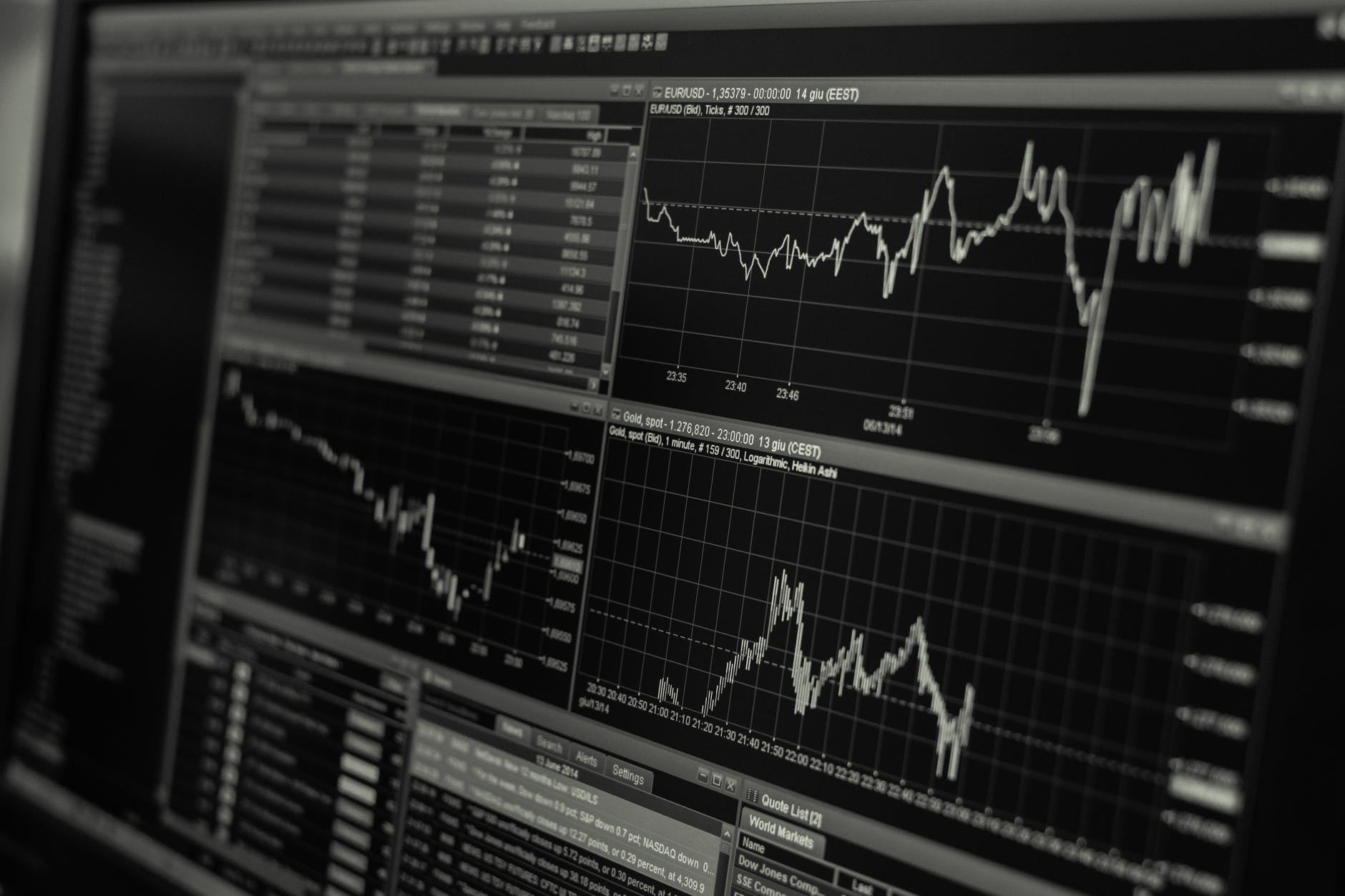Exchange-Traded Funds (ETFs) are, just like index funds, also called trackers. With these trackers, you can quickly diversify your investments in an index. For example, in the AEX index and indices for specific business sectors or themes (such as sustainability).
ETFs follow an index. The objective of an ETF is to offer investors the same return as the underlying market (the index). For example, if an index rises by 7%, the ETF should provide more or less the same return on this index. This also applies if the index falls.
Spreading an entire index at once
With an ETF, you can easily buy an investment that would otherwise take more effort. For example, it is not easy to purchase the shares of Europe’s fifty largest companies all at once. But with the ETF on the Euro STOXX 50 Index, you get a position in the entire index with just one transaction. ETFs are on many different indexes, such as equities, bonds, commodities, and other asset classes.
The difference between ETFs and mutual funds (including index funds)
ETFs’ management costs are generally lower than those of investment funds. On the other hand, an investment fund does its best to achieve a higher return than the index. The approach of an ETF is different: it will follow the index as closely as possible but will usually not be able to outperform it. This is because costs are incurred for tracking (‘replicating’) the index. These costs are based on the result.
Investment funds are usually tradable once a day. The institution issuing the fund then ensures that investors can enter or exit at a price based on the investments’ actual value (the settlement price). This is a characteristic difference from ETFs. Just like a Philips share, for example, ETFs can be traded continuously during the trading day. This is because the buying and selling of ETFs can be carried out immediately on the stock exchange. Index funds are also trackers: they follow the return of an index as closely as possible. But unlike ETFs, they take the form of an investment fund. So with one daily entry and exit moment and price.
Interesting for you?
Investing in ETFs can be attractive to you:
- Would like to follow a market or index
- Want to invest well spread in a market or index
- Want to invest at a low cost
- Want to be able to trade continuously during the trading day
Investing in index trackers (ETFs) gets a lot of positive attention, which is not unjustified. Index funds offer a cheap way to track widespread equity and bond market indices.
And in many cases, index funds outperform the majority of actively managed investment funds.
It is not surprising that the providers of mutual funds and exchange-traded funds (ETFs) have created a whole range of new index products in response to index investing popularity.
We have listed several things that investors need to know about index funds.
What investors need to know about index funds
1. Not all indices are the same
There is a wide range of low-cost investment funds and ETFs for commonly used indices. The strong growth of ETF index products in recent years has resulted in a whole range of index funds with underlying indices that have essentially been created in a ‘laboratory.’ This means that they have been mainly tested against past results, also known as backtesting, as opposed to real market results.
While backtesting is an excellent analytical tool, investors should be cautious with ETFs that use indices developed based on historical results. Of course, past performance is no guarantee for the future.
The simulated results may not accurately reflect the risks associated with these ETFs. Investors concerned about this may wish to hold onto an investment fund or ETF that tracks an index based on real market data.
2. Index funds do not necessarily reduce the risk of loss
Investors in an ETF or index fund that followed the S&P 500 index lost approximately 37% plus the fund’s cost in 2008 due to the fall in the underlying index. Investors in index products tracking real estate in the form of a Real Estate Investment Fund (REIT) or emerging market equities also suffered significant losses.
However, investors in index funds do eliminate the risk of slippage by active money managers. This is the risk that an active manager will fall behind the benchmark due to his investment style: the choices he makes when managing the fund.
3. Underlying indices may change
Vanguard, one of the largest players in both index funds and ETFs, changed the underlying indices for many of its core investment funds last year, such as the Vanguard Mid Cap Index and the Vanguard Small-Cap Index.
This was primarily due to the fees Vanguard had to pay to the former index provider. To maintain its status as one of the lowest-cost fund providers, Vanguard decided to use other indices.
The change did not have a negative effect, but investors in index funds need to keep abreast of such changes as they are likely to occur more frequently due to fierce price competition between the providers.
4. Index funds are no guarantee of success
Investing in one or two index funds does not mean that an investor is well on his way to achieving his investment or financial planning objectives. Index funds are tools, just like any other investment product. To get the most out of index funds, alone or in combination with active funds, investors must have a strategy in place.
Investing in mutual funds and ETFs can be an excellent and inexpensive strategy. However, as with any other investment strategy, investors need to understand what they are investing in to make sure that they are investing in a low-cost product that follows a benchmark that fits their strategy.
